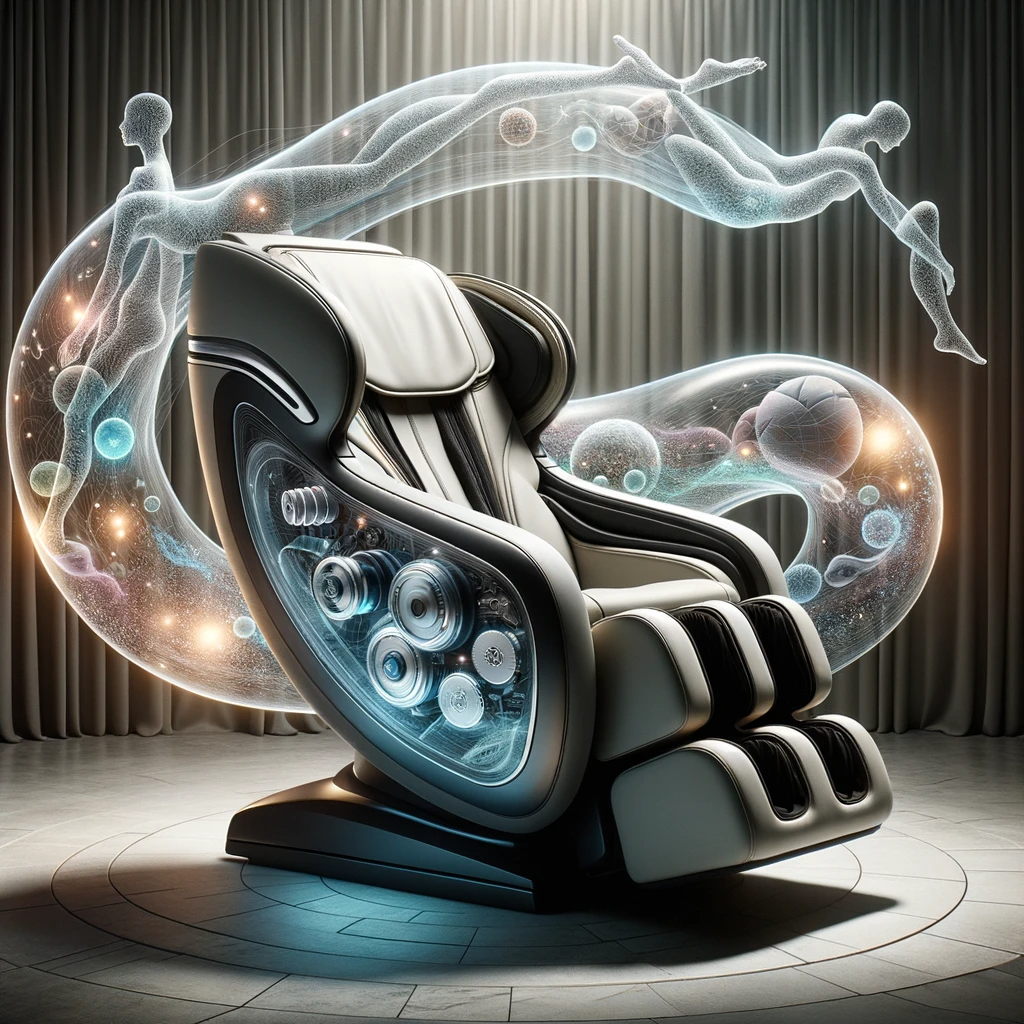Unraveling the Mystery: How Massage Chairs Work to Relieve Your Stress
Many of us have experienced the sheer bliss of sinking into a massage chair after a long day. But have you ever stopped to ponder how massage chairs work to ease your aches and stress? In this article, we’ll demystify the mechanics and technology behind these relaxation wonders.

1. The Basics: Mechanical Aspects of Massage Chairs
At their core, massage chairs utilize a series of mechanical components, often rollers and motors, to simulate the kneading, tapping, and rolling actions of a traditional massage. These components move in patterns determined by the chair’s design and user-selected programs.
- Rollers: These are the backbone of the massage chair, responsible for mimicking the hand movements of a masseuse. They can move in various directions: vertically to cover the length of the spine and horizontally to cover the width of the back.
- Airbags: Found in more modern and advanced chairs, airbags inflate and deflate to provide compression massages, particularly beneficial for the limbs.
2. Advanced Features: Technology-Driven Components
Modern massage chairs have gone beyond basic mechanics. Incorporating advanced technological features brings the massage experience closer to that of human touch.
- Body Scan Technology: Before beginning a massage session, some chairs scan the user’s body to tailor the massage to individual body shapes and problem areas.
- Zero Gravity Positioning: Inspired by astronauts’ posture during liftoff, this feature reclines the user to evenly distribute their weight across the chair, enhancing massage depth and relaxation.
- Heating Elements: Embedded within the chair, these provide warmth, aiding muscle relaxation and improving blood circulation.
3. The Role of Software and Customization
The software in massage chairs defines the patterns, pressure, duration, and sequences of the massage. Users can often select or customize programs to suit their needs, from deep-tissue massages for muscle tension relief to soft shiatsu treatments for relaxation.
4. Health Benefits: Not Just About Relaxation
Though widely known for stress relief, massage chairs offer more extensive health benefits:
- Improved Blood Circulation: The kneading action helps stimulate blood flow, beneficial for heart health and muscle recovery.
- Flexibility Enhancement: The rolling and stretching actions can aid in enhancing flexibility, reducing muscle stiffness.
- Sleep Improvement: Regular use can lead to better sleep due to the relaxation of muscles and the subsequent reduction in pain and discomfort.
5. Factors to Consider When Buying a Massage Chair
Before investing in a massage chair, consider factors like:
- Types of Massages Offered: Ensure it provides the types of massages you prefer, be it shiatsu, kneading, tapping, or Swedish.
- Size and Space: They can be bulky. Assess the space available in your home before buying.
- Budget: Massage chairs range from basic to high-end with a corresponding price range. Choose one that meets your needs and budget.
Conclusion
From their humble mechanical beginnings to the technological wonders they’ve become, massage chairs have revolutionized relaxation at home. By understanding how massage chairs work, users can make informed decisions, ensuring they get the most therapeutic and rejuvenating experience possible. So, next time you sink into that chair, you’ll appreciate the intricate dance of mechanics and technology melting your stress away.